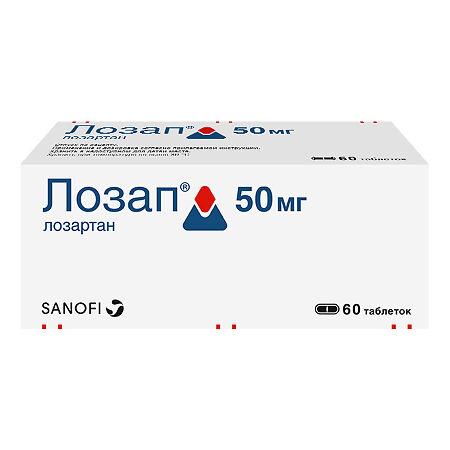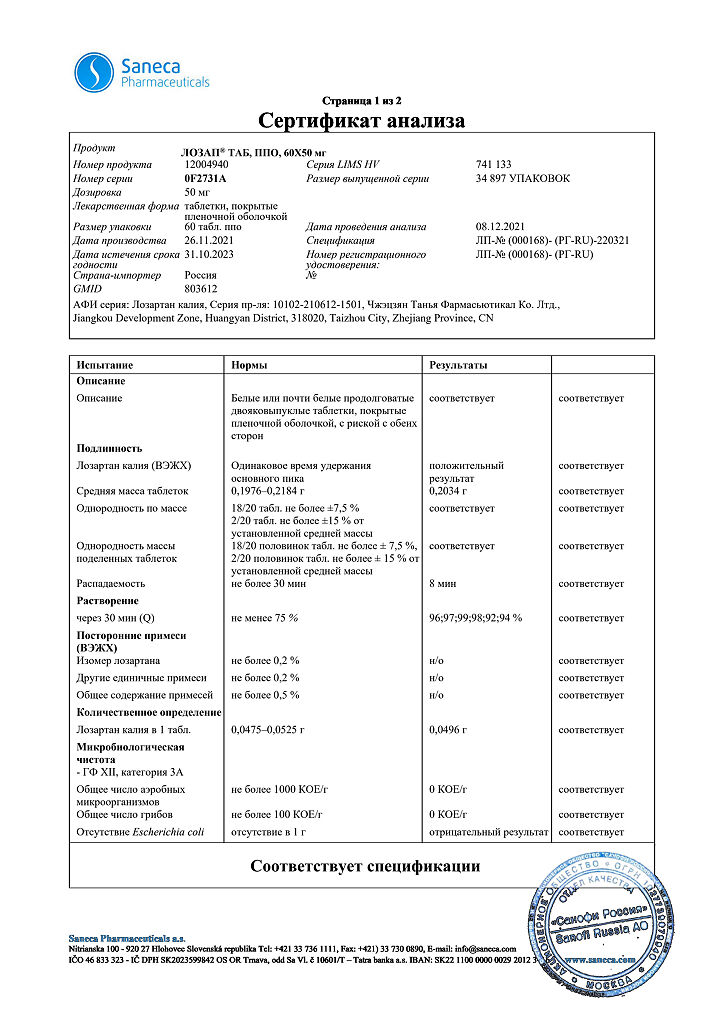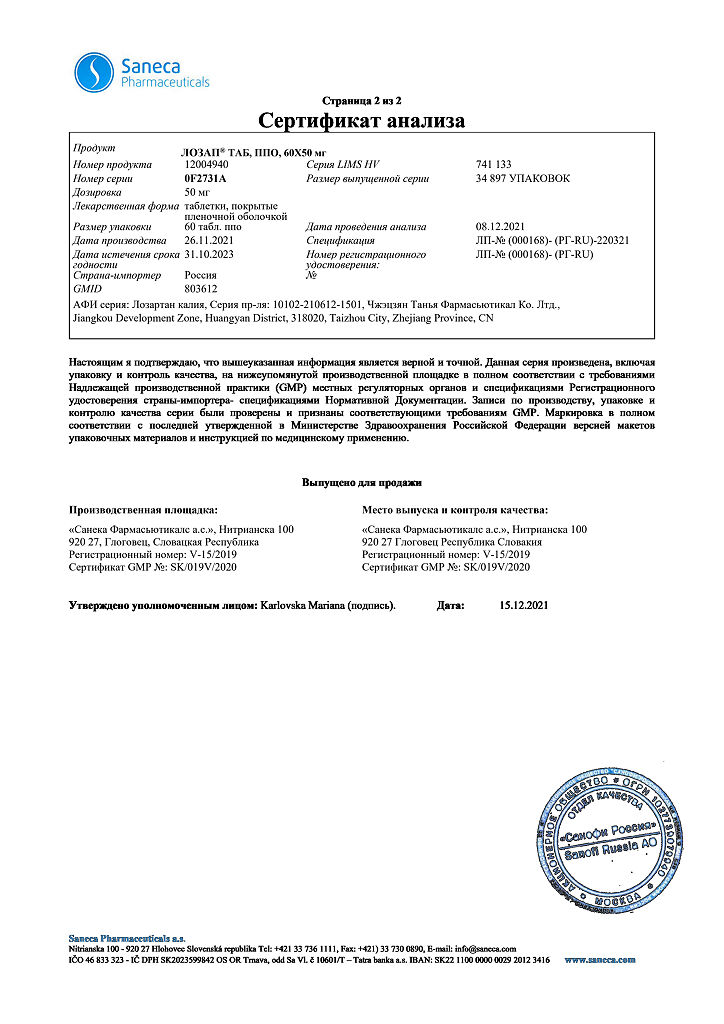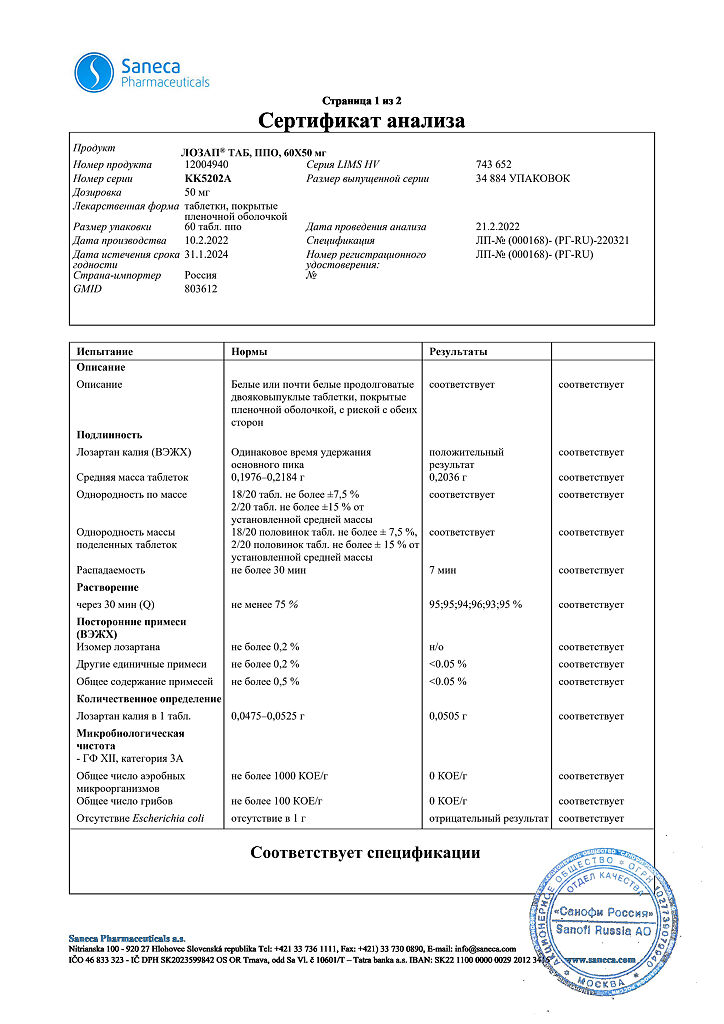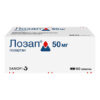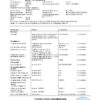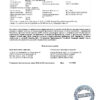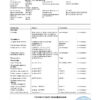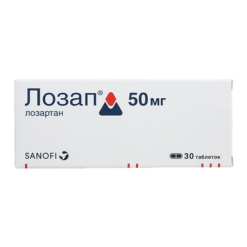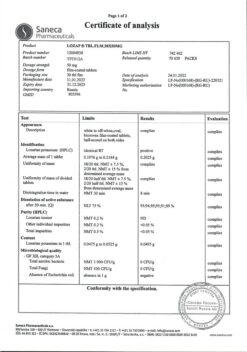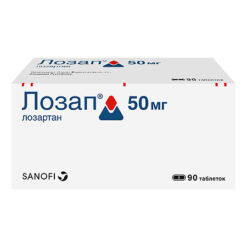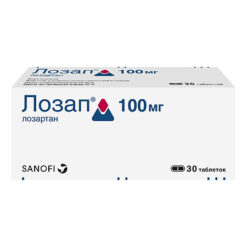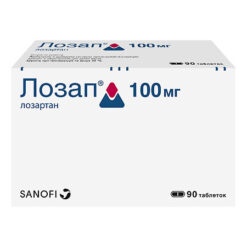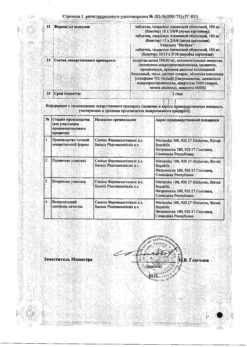No products in the cart.
Lozap, 50 mg 60 pcs.
€12.22 €10.19
Description
- Arterial hypertension;
- Cronic heart failure (as part of combination therapy, with intolerance or inefficiency of ACE inhibitor therapy);
- Risk reduction for cardiovascular disease (including stroke) and mortality in patients with arterial hypertension and left ventricular hypertrophy;
- Diabetic nephropathy with hypercreatininemia and proteinuria (urine albumin to creatinine ratio greater than 300 mg/g) in patients with type 2 diabetes and concomitant arterial hypertension (reducing progression of diabetic nephropathy to terminal chronic renal failure).
.
Indications
Indications
Arterial hypertension;
Chronic heart failure (as part of combination therapy, with intolerance or ineffectiveness of therapy with ACE inhibitors);
Reducing the risk of developing cardiovascular diseases (including stroke) and mortality in patients with arterial hypertension and left ventricular hypertrophy;
Diabetic nephropathy with hypercreatininemia and proteinuria (the ratio of urine albumin to creatinine more than 300 mg/g) in patients with type 2 diabetes mellitus and concomitant arterial hypertension (reducing the progression of diabetic nephropathy to end-stage chronic renal failure).
Special instructions
Special instructions
It is necessary to correct dehydration before prescribing the drug LOZAP® or begin treatment with the use of the drug at a lower dose.
Drugs that affect the renin-angiotensin system may increase blood urea and serum creatinine concentrations in patients with bilateral renal stenosis or stenosis of the artery of a single kidney. In patients with liver cirrhosis, the concentration of losartan in the blood plasma increases significantly, and therefore, in the presence of a history of liver disease, it should be prescribed in lower doses.
During the treatment period, the concentration of potassium in the blood should be regularly monitored, especially in elderly patients with impaired renal function. Effect on the ability to concentrate: losartan does not affect the ability to drive a car or operate machinery.
Active ingredient
Active ingredient
Losartan
Composition
Composition
film-coated tablets.
1 film-coated tablet contains:
Active substance
Losartan potassium 50 mg
Excipients
Core
Microcrystalline cellulose,
mannitol,
crospovidone,
silicon dioxide colloidal anhydrous,
talc,
magnesium stearate.
Film casing
Sepifilm 752 (white) (hypromellose, microcrystalline cellulose, macrogol 2000 stearate, titanium dioxide), macrogol 6000.
Contraindications
Contraindications
Hypersensitivity to the components of the drug;
Pregnancy and lactation;
Age up to 18 years (efficacy and safety have not been established).
With caution: arterial hypotension, reduced circulating blood volume, water and electrolyte imbalance, bilateral renal artery stenosis or stenosis of the artery of a single kidney, renal/liver failure.
Interaction
Interaction
May be prescribed with other antihypertensive drugs. Mutually enhances the effect of beta-blockers and sympatholytics. The combined use of losartan with diuretics has an additive effect. There were no pharmacokinetic interactions of losartan with hydrochlorothiazide, digoxin, warfarin, cimetidine, phenobarbital, ketoconazole and erythromycin. Rifampicin and fluconazole have been reported to reduce plasma levels of the active metabolite.
The clinical significance of these interactions is currently unknown. As with other drugs that inhibit angiotensin II or its action, concomitant use of losartan with potassium-sparing diuretics (for example, spironolactone, triamterene, amiloride), potassium supplements and potassium-containing salts increases the risk of hyperkalemia. Nonsteroidal anti-inflammatory drugs (NSAIDs), including selective cyclooxygenase-2 (COX-2) inhibitors, may reduce the effect of diuretics and other antihypertensive agents.
With the combined use of angiotensin II receptor antagonists and lithium, an increase in the concentration of lithium in the blood plasma is possible. Given this, it is necessary to weigh the benefits and risks of combined use of losartan with lithium salts. If it is necessary to use drugs together, the concentration of lithium in the blood plasma must be regularly monitored.
Overdose
Overdose
Symptoms: marked decrease in blood pressure, tachycardia; due to parasympathetic (vagal) stimulation, bradycardia may develop.
Treatment: forced diuresis, symptomatic therapy; hemodialysis is not effective.
Manufacturer
Manufacturer
Saneka Pharmaceuticals a.s., Slovakia
Additional information
| Manufacturer | Saneka Pharmaceuticals a.s., Slovakia |
|---|---|
| Medication form | pills |
| Brand | Saneka Pharmaceuticals a.s. |
Other forms…
Related products
Buy Lozap, 50 mg 60 pcs. with delivery to USA, UK, Europe and over 120 other countries.

